In anticipation of a slowdown in eurozone economy, the ECB cut rates deeper into negative territory on Thursday and relaunched fresh bond purchases with no scheduled end-date.
Stock markets rallied to record highs on a new round of bond-buying at the ECB and expectations of a Fed rate cut next week. Nevertheless, the move by outgoing ECB chief Mario Draghi was critisised by many economists.
Member of the ECB’s policy-setting Governing Council Klaas Knot is one of key critics of the central bank’s ultra-easy monetary policy. “There are increasing signs of scarcity of low-risk assets, distorted pricing in financial markets and excessive risk-seeking behaviour in the housing markets,” he said, pointing to the negative effects of the previous stimulus programme.
Klaas Knot claims that Mario Draghi’s planned monetary easing is excessive and disproportionate:
This broad package of measures, in particular restarting the asset purchase programme, is disproportionate to the present economic conditions, and there are sound reasons to doubt its effectiveness.
– Dutch central bank chief Klaas Knot
In 2012, Mario Draghi promised to do “whatever it takes” to save the euro and to ease Europe’s crippling debt crisis. From 2015 till 2018, the ECB bought €2.6tn of bonds.
Net purchases under the new asset purchase programme (APP) will restart at a monthly pace of €20 billion as from 1 November. “We expect them to run for as long as necessary to reinforce the accommodative impact of our policy rates, and to end shortly before we start raising the key ECB interest rates,” said Mario Draghi in a statement.
Thursday’s rate cut was the first cut since March 2016 when it fell to a record low of minus 0.4%. The ECB lowered the interest rate on the deposit facility by 10 basis points to -0.50%. The interest rate on the main refinancing operations and the rate on the marginal lending facility will remain unchanged at their current levels of 0.00% and 0.25% respectively. The rate will not increase until 2% inflation target is achieved; at present, inflation level in the euro zone is 1%.
Donald Trump has already complained that monetary easing would weaken the euro, making it “unfairly easier for them to compete against the USA”.
European Central Bank, acting quickly, Cuts Rates 10 Basis Points. They are trying, and succeeding, in depreciating the Euro against the VERY strong Dollar, hurting U.S. exports…. And the Fed sits, and sits, and sits. They get paid to borrow money, while we are paying interest!
— Donald J. Trump (@realDonaldTrump) September 12, 2019
The ECB, however, refused to accept that it had launched a currency war. As Mario Draghi put it: “We have a mandate, we pursue price stability and we don’t target exchange rates, period.”
As The Financial Times reports, negative rates weaken the eurozone’s struggling banking system, discouraging lending and motivating institutions and savers to hoard physical cash. To mitigate the hit to the financial system, the ECB suggests a tiering system in which a portion of banks’ excess deposits would be exempt from negative rates. Some countries with negative rates, including Switzerland, Denmark and Japan, effectively employ these systems.
Image: Pixabay
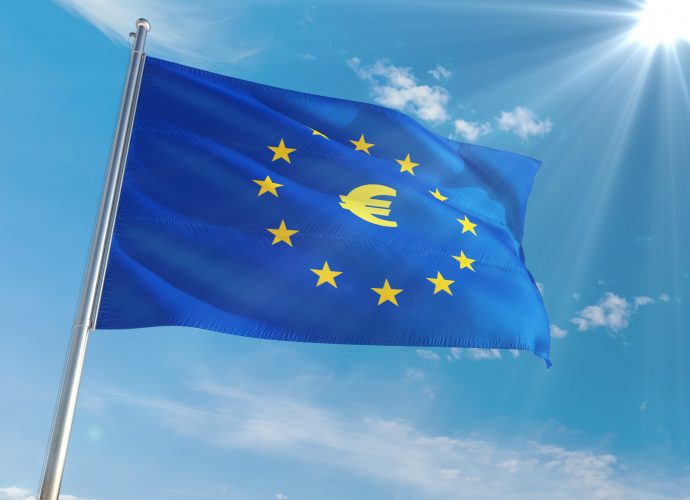

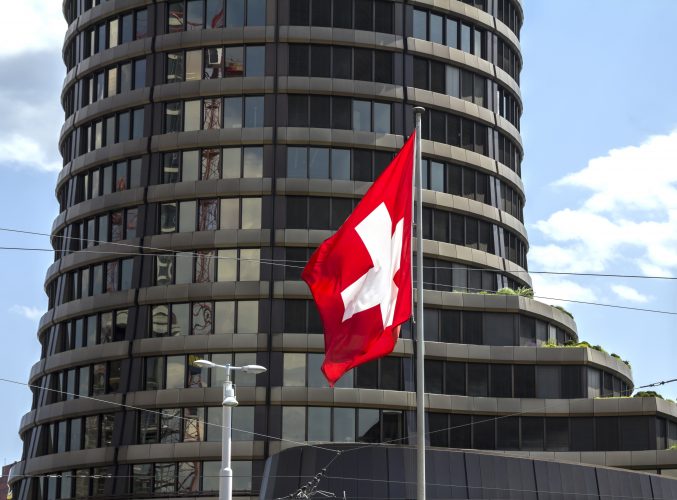


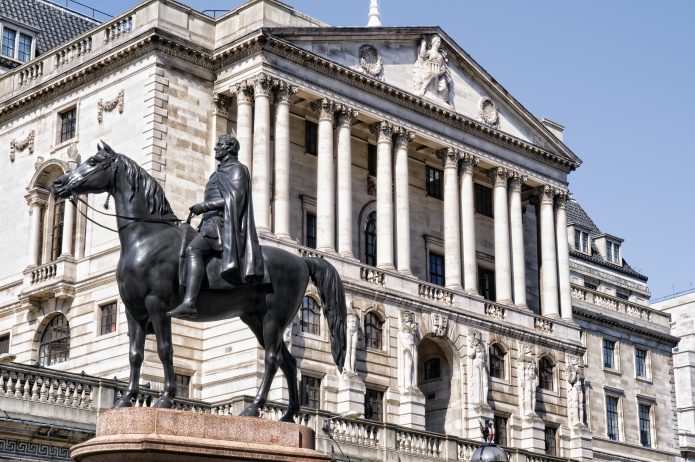
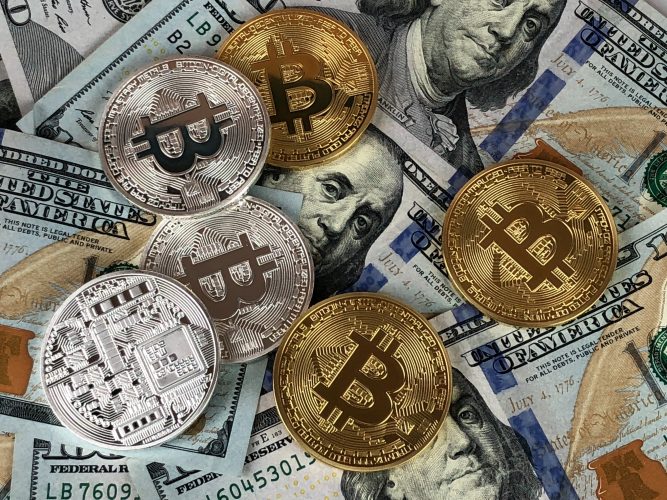



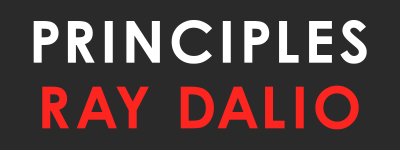
Thanks!
Our editors are notified.